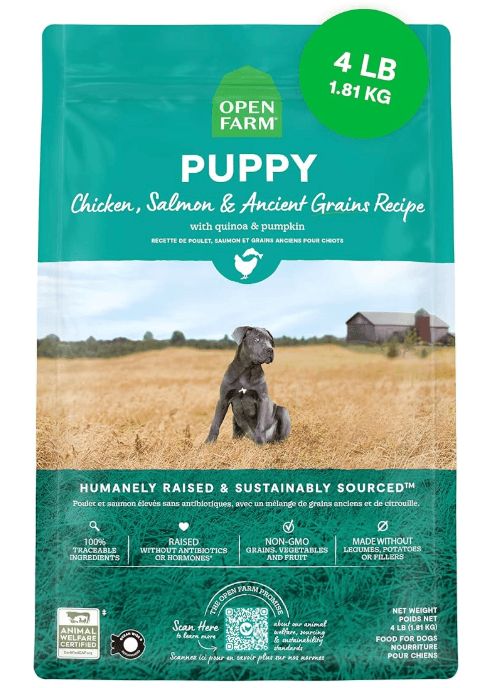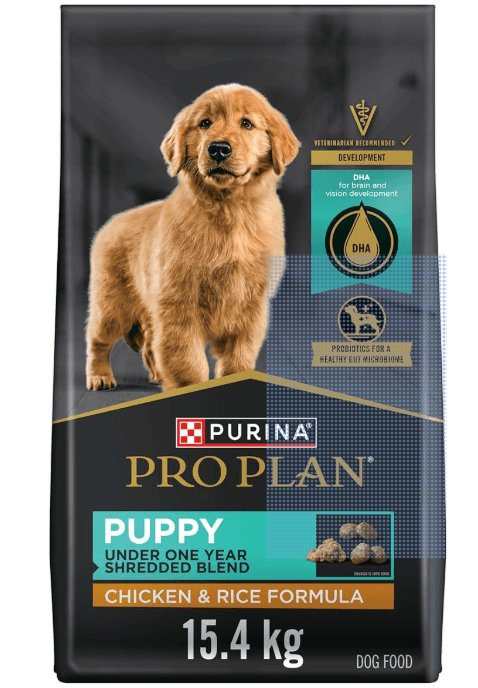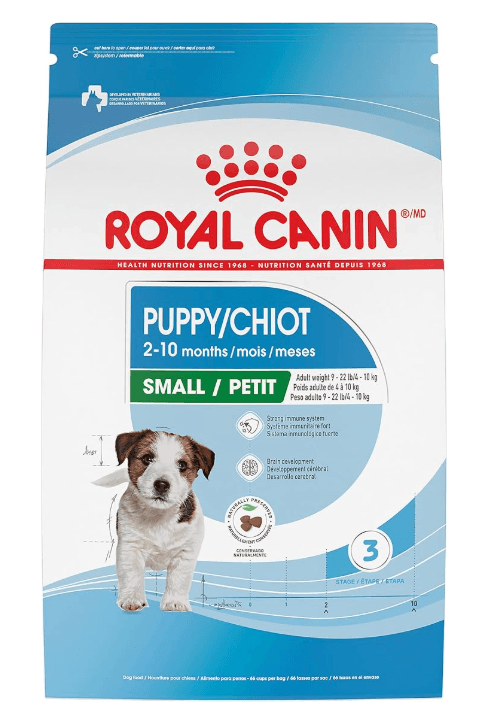Puppy Care Guide
Week 9 – Beginning Dry Food

“A Growing Appetite, A New Stage!”
Your little one is growing quickly — and as they reach nine weeks of age, it’s time to begin transitioning from soft weaning food to dry kibble. This stage marks an exciting milestone: your puppy is learning to eat more independently and building the foundation for healthy eating habits.
🚨 If Your Puppy Has Diarrhea, Act Quickly
Diarrhea in young puppies can be dangerous because they can lose fluids very rapidly, leading to dehydration. If your puppy’s stool is watery, contains blood, or persists for more than a day, visit a veterinarian immediately for proper diagnosis and treatment.
Never wait it out — early intervention prevents complications and supports a faster recovery.
Today’s Tip
Continue making playtime fun and engaging for your puppy. Pay close attention to their teeth and appetite — teething discomfort may cause more chewing or less eating.
Our little companions are growing every day. Let’s support them so tomorrow brings even more healthy growth and joyful moments!
🍽️ Choosing the Right Puppy Food
For your puppy’s development, selecting the right food is essential. At PetGo, our experts carefully review ingredients to recommend balanced, organic puppy food made with gentle, digestible proteins and allergy-reducing formulas.
- Build strong bones and teeth
- Support immune system development
- Maintain a healthy digestive balance
We highly recommend trying trusted brands like Open Farm Products, known for excellent taste and safe, hypoallergenic ingredients.
Feeding Guidelines
Every puppy is unique — their metabolism and activity levels vary. Instead of strictly following charts, observe your puppy’s daily energy and appetite.
💡 Key guideline: Adjust feeding portion and frequency based on activity level. After dietary changes, monitor stool consistency to ensure proper digestion.
You can also use tools like the PetGo Health Tracker to record meals and stool patterns for better insight.
🩺 Care Tip: When to Adjust Feeding
Even with high-quality food, mild digestive upset or vomiting may occur when switching diets. This usually means your puppy is adjusting to new nutrients or textures.
- Pause new food temporarily
- Offer smaller, more frequent meals
- Avoid force-feeding — let their appetite return naturally
- Reintroduce the food gradually over several days
If symptoms persist, consult your veterinarian to rule out allergies or infections.
Transitioning to Dry Food
By this stage, your puppy can start chewing softened kibble. Soak kibble in warm water for a few minutes, then reduce soaking time gradually until they’re comfortable eating dry food.
- Feeding Frequency (3–6 months): Offer 4 meals daily at consistent intervals.
- Keep fresh water available at all times for hydration.
- Observe appetite — if they finish meals eagerly, you’re doing great!
💧 Hydration Reminder
When switching to dry food, water intake naturally increases. Ensure clean, accessible water throughout the day. Dehydration can cause fatigue or constipation, so consistent hydration is essential.
PetGo Shop | Recommended Puppy Food
These trusted, vet-approved products are perfect for your puppy’s growth, offering premium nutrition and gentle digestion support:
💕 Growing Together
Each week brings visible growth — stronger legs, brighter eyes, and endless curiosity. This is the perfect time to build feeding routines and gentle discipline, creating trust that lasts a lifetime.
With your love and patience, your puppy will continue thriving — happy, healthy, and full of playful energy.
🐾 PetGo Tip
At this stage, consistency matters more than perfection. Feed with patience, observe with care, and celebrate every small milestone in your puppy’s journey.
Continue with PetGo’s Puppy Care Guide
PetGo is here to support your puppy’s healthy transition from weaning to independence.
© 2025 PetGo. All Rights Reserved



